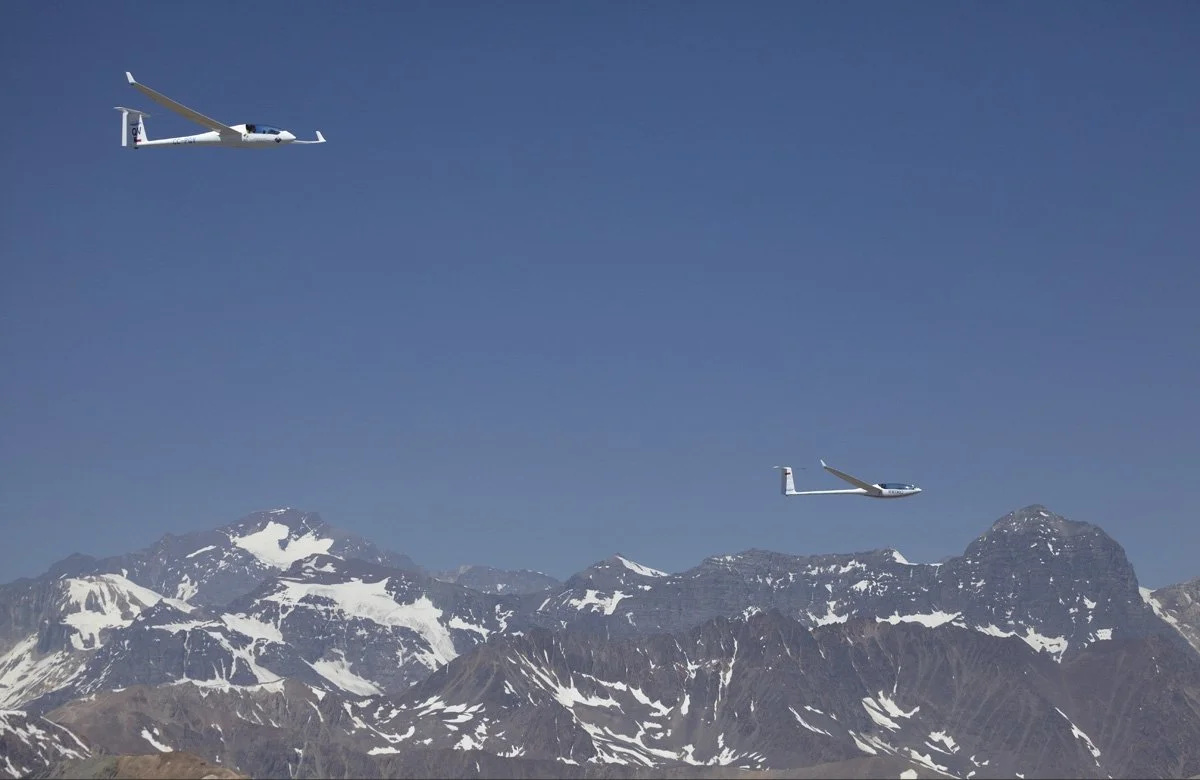Racing the Sky: Twenty Years of the Sailplane Grand Prix





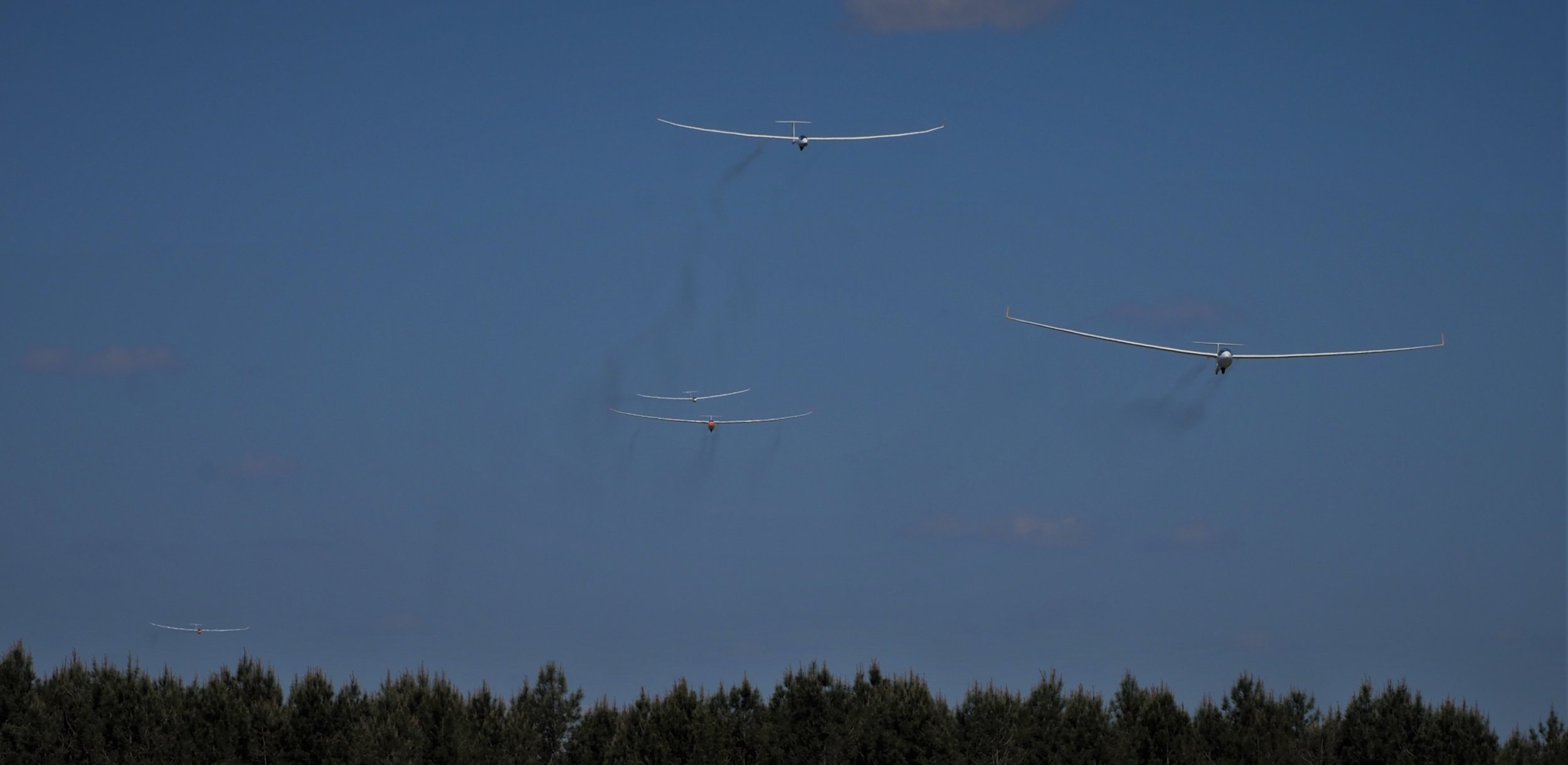

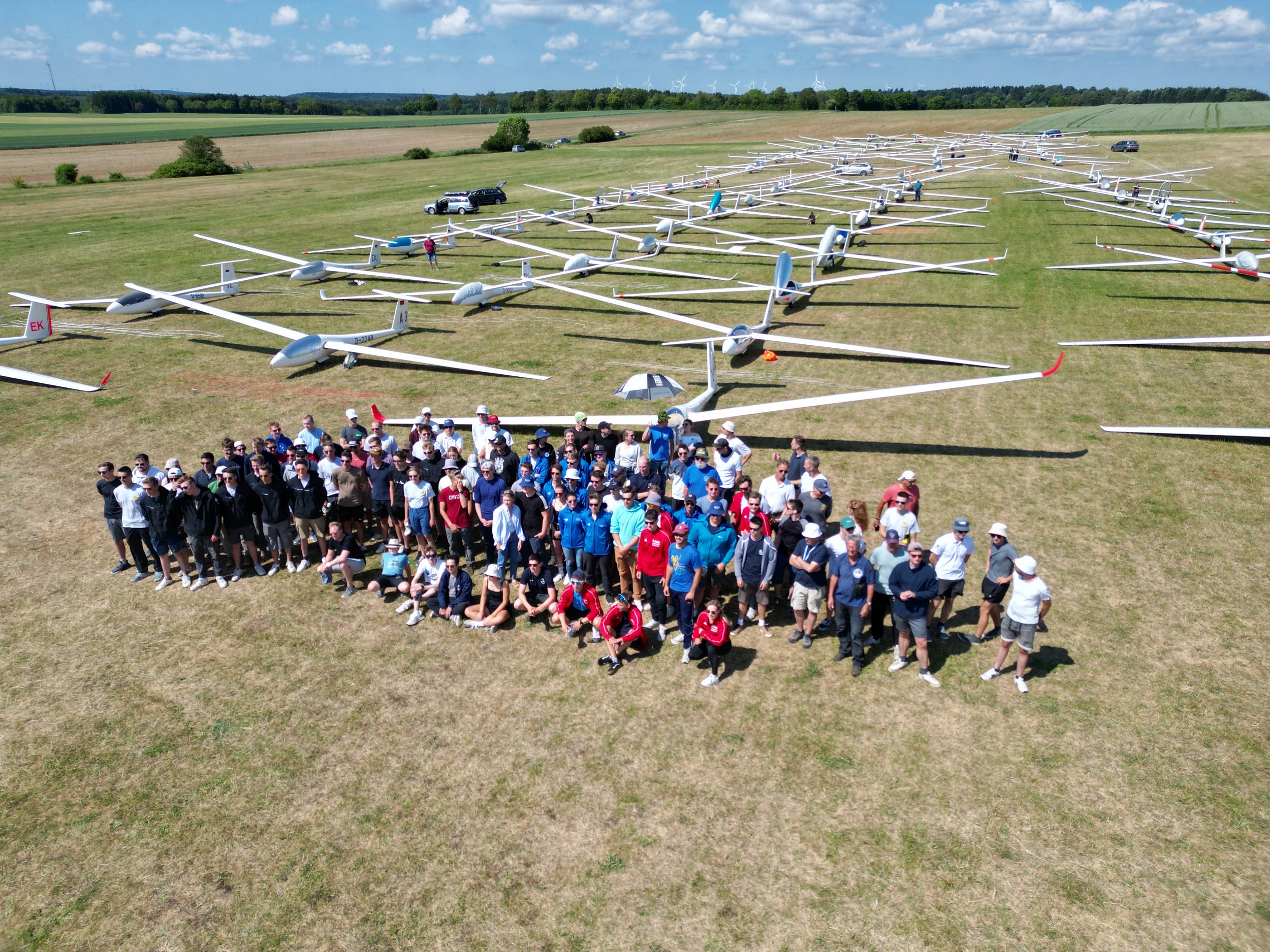

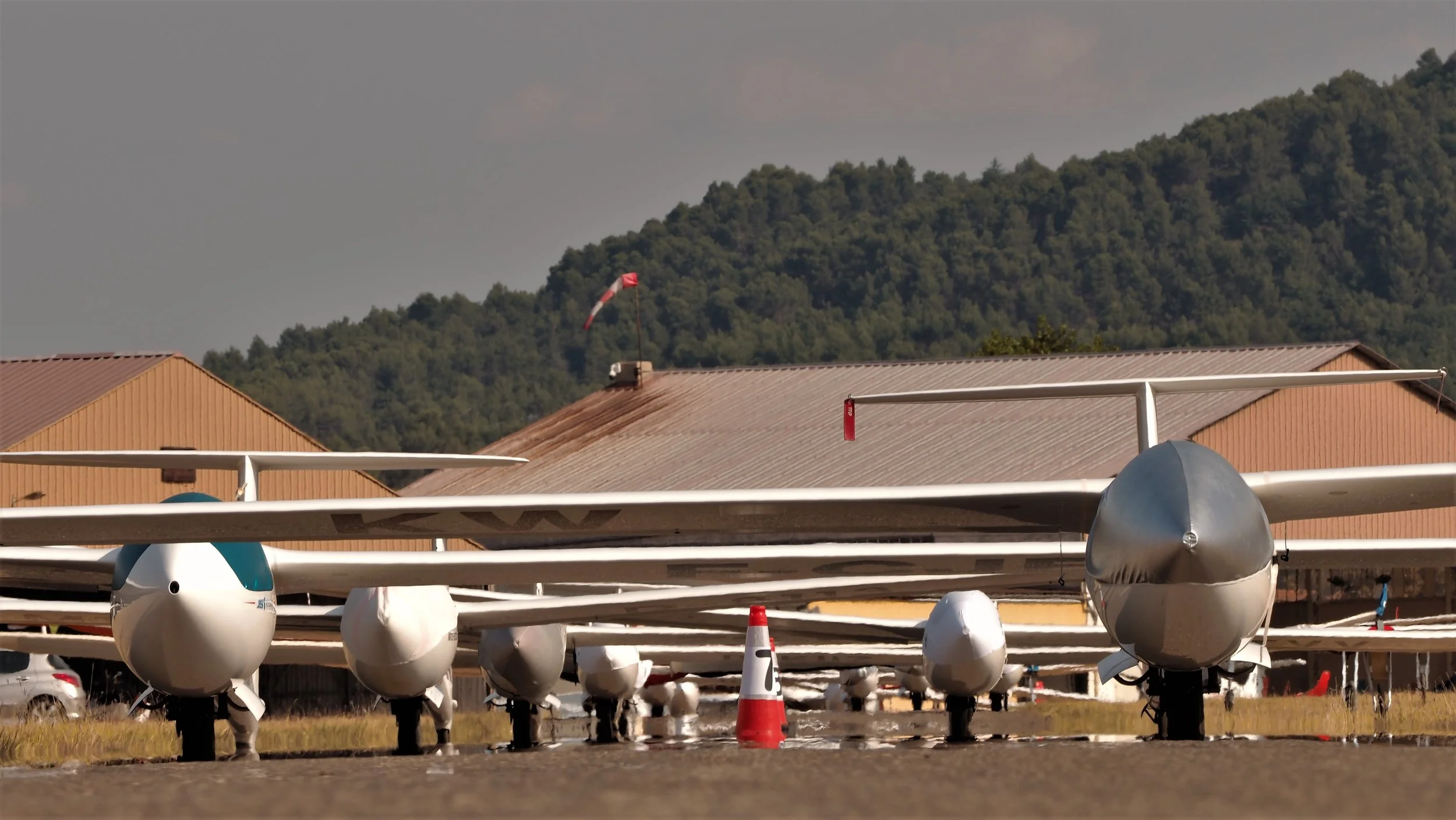
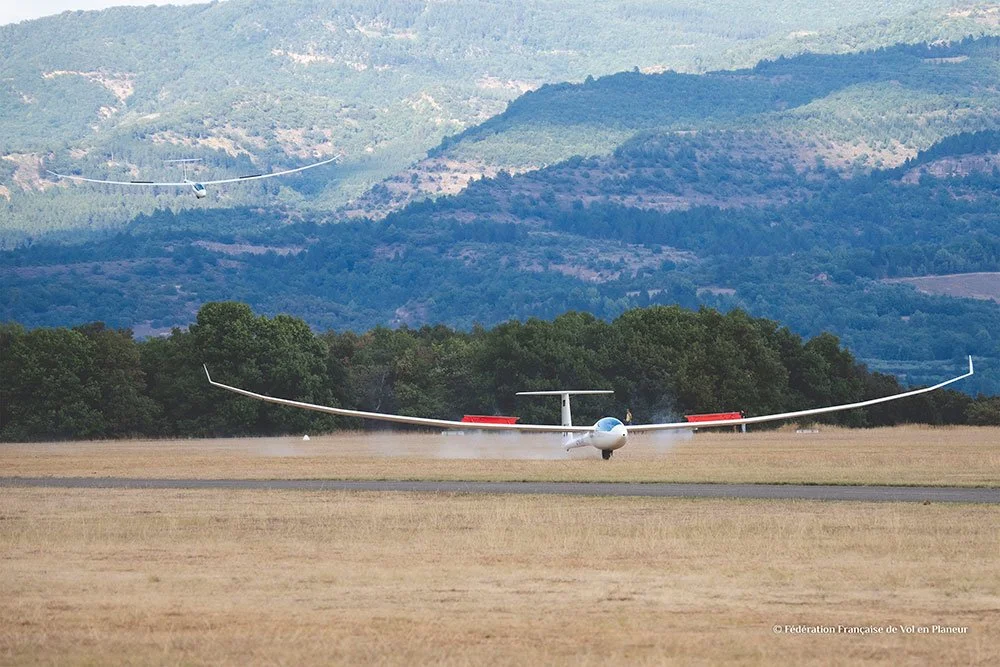
12 October 2025 - Two decades ago, a bold vision took flight. The Sailplane Grand Prix (SGP) was born from a simple yet revolutionary idea: to turn the serene art of gliding into a high-energy, spectator-friendly competition that could captivate audiences worldwide. Since that inaugural race in 2005, the SGP has evolved from a daring experiment into the pinnacle of competitive soaring - a series that fuses cutting-edge technology, strategic brilliance, and pure pilot instinct against some of the most breathtaking backdrops on Earth. The 12th World Final in Saint-Auban, coming 20 years after our inaugural Grand Prix, was the 101st event in our series - a remarkable achievement for the teams, pilots, and loyal fans who have been part of this incredible journey.
Now, as the SGP marks 20 years of racing, it's time to look back on a journey that has spanned continents, forged legends, and redefined what it means to race the skies - while constantly adapting to keep the competition fair, safe, and thrilling.
By the Numbers: Two Decades of Excellence to become Global Sport
The true scale of the Sailplane Grand Prix reveals itself in the numbers: 101 Grand Prix events, 547 races flown, and an extraordinary average of 5.41 valid tasks per competition, a testament to its relentless consistency and high-stakes excitement. But beyond the data lies the real story: thousands of hours of precision flying, nail-biting tactical battles at cloud base, and the raw drama that emerges when human skill dances with the ever-changing moods of the sky. These aren’t just statistics, they’re the heartbeat of a sport where every thermal, every turnpoint, and every finish line becomes a moment of pure, unforgettable competition.
Few air sports can claim such global reach. Over the past 20 years, the Sailplane Grand Prix has soared across five continents and 22 countries, transforming the planet into a single, interconnected racecourse.
Host nations include:
Europe: Austria, Bosnia, Finland, France, Germany, Italy, Lithuania, Netherlands, Norway, Poland, Romania, Russia, Slovakia, Slovenia, Spain, Sweden, Switzerland, United Kingdom
Africa: South Africa
Oceania: Australia, New Zealand
South America: Chile
North America: United States of America
From the snow-fringed ridges of Scandinavia to the sun-scorched outbacks of Australia, from the Andean thermals of Chile to the rolling skies over the American Midwest, every race has written a new chapter in the SGP's global adventure. Each landscape has tested pilots in unique ways - shifting winds, mountain waves, desert heat - demanding adaptability, courage, and an unerring feel for the air.
From Innovation to Icon: The Evolution of the SGP
The Sailplane Grand Prix began as a revolution in competitive gliding, introducing a format that was as bold as it was transformative. In its early years (2005–2010), the SGP broke new ground with short, high-intensity races, live GPS tracking, and regatta starts, turning gliding into a dynamic spectator sport. By focusing on the 15-meter class, the series struck a perfect balance, offering enough performance to thrill pilots while keeping races tight, competitive, and accessible. As the competition matured (2010–2015), it embraced the 18-meter class, unlocking new levels of speed and strategy while staying true to its founding principle: fairness above all. This era also marked a technological leap, with real-time scoring, immersive 3D visualizations, and live streaming pulling fans into the heart of the action like never before. Now in its modern age (2015–present), the SGP remains at the forefront of innovation, bringing on-board cameras, and seeking new ways to present the sport to our fans.
Tomorrow, the Sailplane Grand Prix is racing toward a future where technology and tradition collide to create the most immersive, thrilling, and accessible gliding competition yet. For pilots, AI-powered race analysis will provide real-time tactical insights, while electric self-launching gliders could redefine takeoffs and expand racing opportunities in remote locations. Fans can expect next-level broadcasts - think 360-degree onboard cameras, augmented reality overlays showing potential thermal activity, and interactive live streams where viewers can switch between pilot perspectives or dive into data-driven race predictions. Virtual reality could put spectators in the cockpit, while enhanced social media integration and gamified viewing experiences will bring the excitement of the SGP to new audiences worldwide. Meanwhile, sustainable innovations, like carbon-neutral operations and eco-friendly event logistics, will ensure the sport stays as green as the energy that powers the gliders. The future of the SGP isn’t just about faster races - it’s about deeper engagement, smarter competition, and a global community more connected than ever to the magic of soaring. The sky’s the limit, and we’re just getting started.
The next Finals in Chile, January 2028 will bring technologies never seen yet in gliding, powering the sport to new heights.
Hall of Fame update: The FAI SGP World Champions
At the summit of the Sailplane Grand Prix stands a select group of pilots: aviators who have mastered the fine balance of instinct, precision, and courage required to triumph in the most demanding aerial sports on Earth.
The SGP Hall of Fame tells the story of these extraordinary competitors. Sebastian Kawa (POL) remains the most dominant force in SGP history with five World Final victories, a record that stands unmatched. Maximilian Seis (FRA) made history as the first pilot to claim a second title after Kawa, winning in both 2015 and 2025. The remaining champions - Stefan Langer, Tilo Holighaus, Holger Karow, Didier Hauss, and Giorgio Galetto - each claimed the title once, contributing to the rich tapestry of SGP legends.
Visit our Hall of Fame page to explore the full stories of these champions and their unforgettable races.
Looking Ahead: The Next Chapter
As the Sailplane Grand Prix embarks on its third decade, the future stretches out as vast and promising as the skies it races beneath. The journey ahead includes a return to South America for the 2028 Final in Vitacura, Chile - the first Final outside Europe since 2018 - where new horizons will test the limits of skill and strategy. With advancements like augmented reality visualizations, onboard cameras, and next-level live streaming, fans will experience the thrill of racing more immersively than ever before. Meanwhile, updated rules for Serie 13 will embrace the rise of electric self-launching gliders, ensuring the competition evolves with the times while preserving the fairness that defines it. A fresh wave of pilots, inspired by the legends of the past, is poised to take the reins, carrying forward the SGP’s enduring mission: to celebrate the art of soaring, to push the boundaries of competitive flight, and to share the magic of gliding with the world - one heart-pounding race at a time.
A Global Family of Flight
Behind every moment of glory lies a vast network of people: the pioneers, organizers, volunteers, pilots, and fans whose dedication has sustained the SGP for 20 years. To all who have lifted this series skyward: thank you. The Sailplane Grand Prix isn't just a competition; it's a global family bound by passion, precision, and a shared love of the sky.
Here's to 20 more years of thrilling races, legendary pilots, and unforgettable flights - proof that the dream of flight, once imagined, never stops soaring.
Explore the results of past series on our Older Series page.

